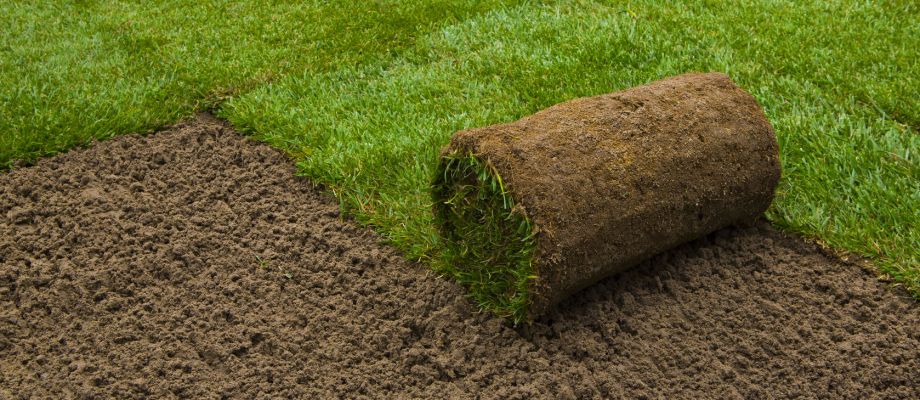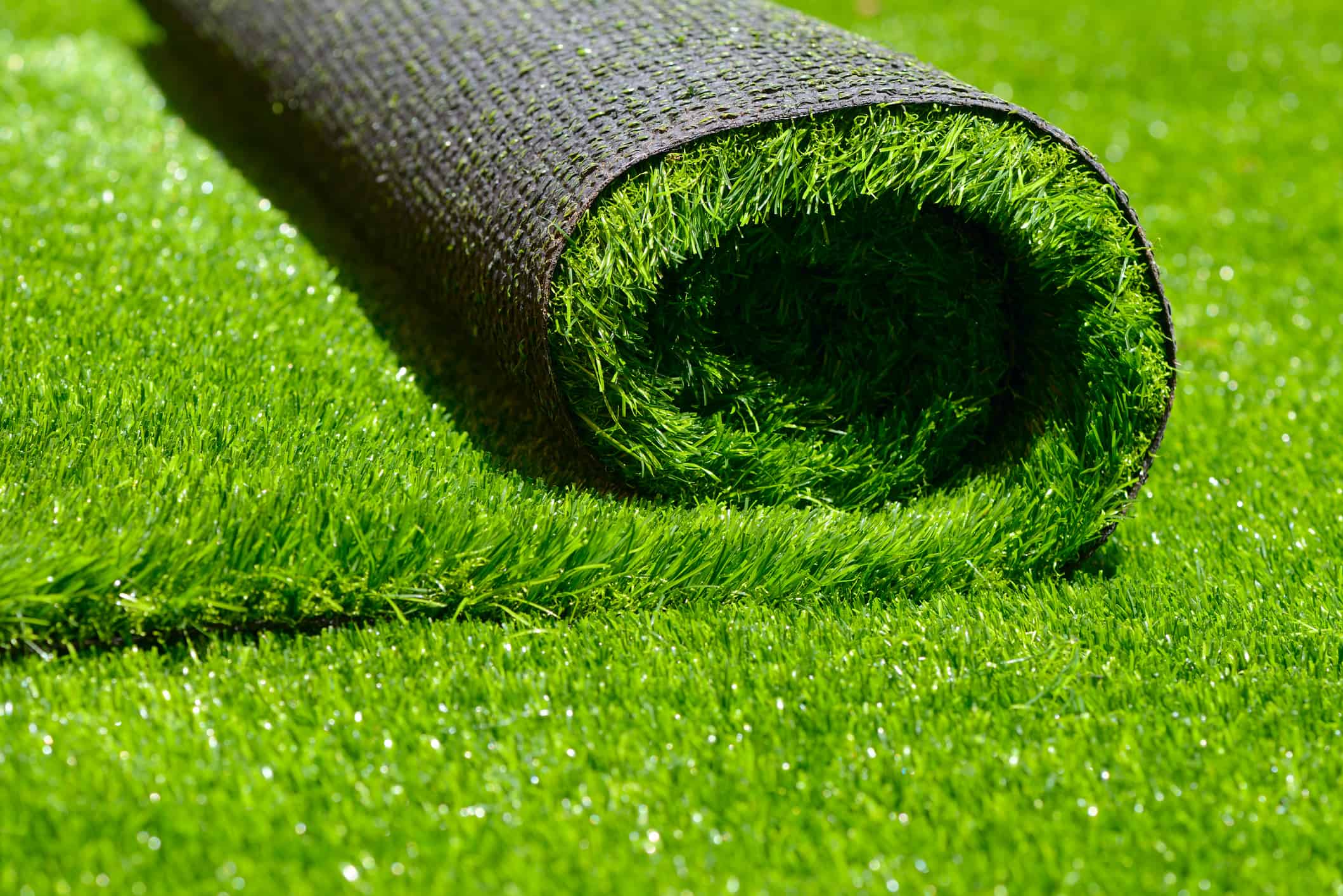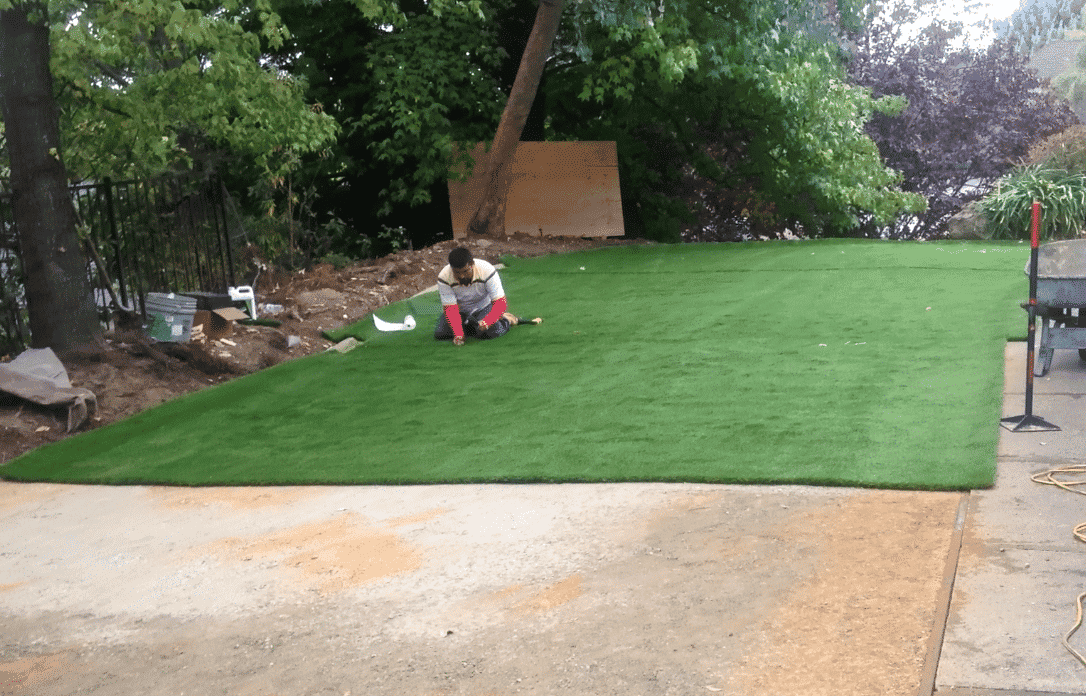Raise Your Landscape with Specialist Turf Installation Mesa AZ!
Raise Your Landscape with Specialist Turf Installation Mesa AZ!
Blog Article
Discover the Perks of Artificial Turf for Effortless Grass Care and Sustainability
Synthetic yard has progressively come to be a prominent choice for homeowners looking for a functional and sustainable solution for their outdoor rooms. The advantages of fabricated yard prolong beyond the appeal of a constantly green yard. With an emphasis on water preservation, marginal upkeep needs, and eco-friendly characteristics, fabricated turf supplies an engaging choice to traditional grass. Its durability and long life, coupled with health and wellness advantages, make it an eye-catching option for modern-day landscaping needs. What genuinely establishes artificial yard apart in terms of effortless yard care and sustainability?

Water Preservation Benefits
Synthetic grass offers considerable water preservation advantages, particularly in areas where water shortage is a concern. In contrast, synthetic grass removes the demand for normal watering, conserving an estimated 55 gallons of water per square foot annually.
Additionally, the conservation of water via artificial grass extends past residential applications. Parks, sporting activities fields, and industrial homes can likewise profit from the lowered water needs of synthetic grass. In regions affected by drought or facing water restrictions, the setup of man-made yard can play a crucial function in making certain outside rooms stay environment-friendly and functional while advertising responsible water usage techniques.
Reduced Upkeep Needs
Offered the considerable water preservation benefits highlighted in the previous subtopic, it appears that artificial lawn likewise stands out in needing very little upkeep. Unlike all-natural turf, synthetic grass does not call for watering, mowing, feeding, or chemicals to preserve its lush look. This translates to substantial time and cost financial savings for house owners and companies alike.
Artificial lawn is made to stand up to varying weather, making it highly durable and durable. It does not need to be sprinkled consistently to remain environment-friendly, eliminating the need for watering systems and lowering water usage. In addition, synthetic yard does not grow, so there is no demand for trimming or edging, conserving both time and initiative.
Any type of particles that drops on man-made grass can be conveniently removed with a leaf blower or a light rinse with water. Generally, the very little upkeep needs of fabricated grass make it a practical and sustainable option for imp source landscaping demands.
Eco-Friendly Attributes

In addition, fabricated lawn is commonly made from recycled products, additionally promoting eco-friendliness by minimizing waste and the requirement for new raw materials. On the whole, the link eco-friendly nature of artificial grass lines up with sustainable practices, making it a practical alternative for environmentally aware people looking to lower their eco-friendly influence. turf installation mesa az.
Boosted Toughness and Long Life
The sturdiness and long life of artificial yard surpass traditional lawn choices, making certain long-term top quality and efficiency in numerous environmental conditions. Unlike natural grass that calls for routine maintenance such as mowing, watering, and fertilizing to stay healthy and balanced, synthetic turf keeps its lavish appearance year-round with very little upkeep.
Furthermore, artificial grass is developed to resist bugs, mold, and mildew, more enhancing its longevity. The materials utilized in making artificial turf are usually UV-stabilized to protect against discoloration and degradation created by sunlight exposure, ensuring that it remains vibrant and green for several years to come. By spending in synthetic turf, building owners can delight in a low-maintenance, durable option to all-natural turf that boosts the aesthetic appeal of their exterior rooms.

Health And Wellness and Security Advantages
Unlike all-natural a fantastic read grass that calls for pesticides, herbicides, and fertilizers for maintenance, man-made lawn removes the need for these chemicals, lowering the danger of direct exposure to hazardous substances for both human beings and family pets. Furthermore, fabricated lawn offers an attire and degree surface that can aid prevent trips, slips, and falls, specifically in locations where natural yard may come to be unequal or create openings.
In addition, artificial grass does not draw in parasites like ticks and fleas, which prevail in all-natural grass yards, minimizing the opportunities of insect attacks and problems. The absence of mud and pools on artificial turf also reduces the danger of sliding and injuries during wet weather problems. On the whole, the wellness and security advantages of fabricated yard contribute to a carefree and protected outside atmosphere for families, animals, and site visitors alike.
Conclusion
In final thought, the advantages of man-made turf appear in its water preservation benefits, reduced maintenance needs, environmentally friendly attributes, improved resilience, and health and wellness advantages. Man-made lawn offers a lasting solution for effortless lawn care, making it a practical choice for home owners and companies seeking to decrease water use and environmental effect. artificial turf mesa az. Its durable residential properties provide a cost-effective and low-maintenance choice to standard turf yards
Report this page